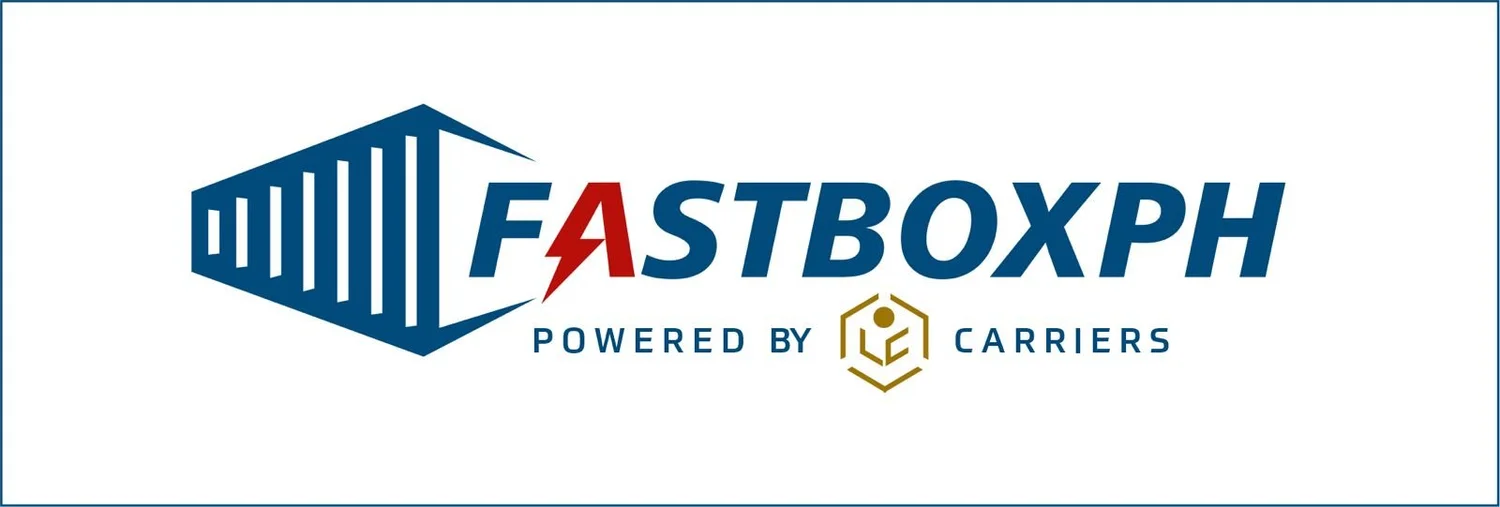5 Common Mistakes Filipino Importers Make When Shipping From Australia — And How to Avoid Them
Importing from Australia to the Philippines offers incredible opportunities — but it also comes with challenges that can hurt your bottom line if overlooked. Many importers, especially beginners, fall into common traps that delay shipments, increase costs, or even result in penalties. Here are five mistakes you should avoid — and how to ship smarter.
1. Incomplete or Incorrect Documentation
One of the most frequent issues is failing to provide complete or accurate paperwork. Missing or wrong details in invoices, packing lists, or permits can lead to customs delays or fines.
How to avoid it:
Double-check all documentation before shipping.
Work with a freight forwarder familiar with both Australian and Philippine requirements.
Keep copies of all documents for easy reference.
2. Underestimating Shipping Costs
Some importers assume that the listed price of goods is the only cost they need to consider. But shipping includes freight, insurance, duties, taxes, and handling fees.
How to avoid it:
Request a full quote that includes all charges.
Understand Incoterms (e.g., FOB, CIF) to know what’s covered.
Budget at least 20–30% more than the goods’ value for logistics and customs.
3. Choosing the Wrong Shipping Method
Selecting an inappropriate shipping option (e.g., full container for a small order) can lead to wasted space and money.
How to avoid it:
Assess your shipment size and timeline.
Consider micro, LCL (less-than-container load), or FCL (full container load) based on your needs.
Ask your forwarder for recommendations.
4. Ignoring Customs Rules and Tariffs
Some importers overlook product-specific regulations or assume all goods can pass without inspection. This often results in delays or confiscations.
How to avoid it:
Research the product’s import requirements before buying.
Apply for necessary permits early.
Stay updated with changes in Philippine customs laws.
5. Not Vetting Suppliers or Forwarders
Working with unreliable suppliers or unprofessional forwarders can lead to poor-quality products, hidden charges, and delayed deliveries.
How to avoid it:
Check reviews, certifications, and references.
Visit the supplier’s or forwarder’s offices if possible.
Choose experienced partners like FastboxPh to handle your logistics.
FAQs About Importing Mistakes
Q1: What happens if my documentation is incomplete?
Your shipment may be held at customs until all documents are corrected, causing delays and fees.
Q2: Can I change shipping methods mid-process?
Not usually. Choose your method before booking to avoid additional costs.
Q3: How can I calculate the total landing cost?
Ask your forwarder for a breakdown of all costs, including duties and taxes.
Q4: What if my shipment gets delayed?
Contact your forwarder immediately to understand the reason and next steps.
Q5: Can FastboxPh help me avoid these mistakes?
Yes! We guide importers through each step — from paperwork to delivery.
Final Thoughts: Ship Smarter With Knowledge
Being aware of these mistakes — and taking proactive steps — can save you time, money, and headaches. FastboxPh specializes in helping Filipino importers navigate these challenges, ensuring smooth, efficient, and worry-free shipments from Australia.
